Ramacle® Software Highlight: Fast Mapping
Fast Mapping in Ramacle® enables the user to acquire Raman maps with significantly reduced acquisition times via more efficient stage movement.
Standard Mapping
In Raman mapping a sample is placed on the motorised stage under the microscope and the user defines the area to be mapped, and the number of measurement points i.e., the map resolution. During standard mapping the stage will stop at each measurement point, the laser is directed onto the sample, and its Raman spectrum acquired, Figure 1. The length of time the Raman spectrum is acquired for at each point is termed the exposure time and this can vary significantly from milliseconds to several seconds depending on the sample.
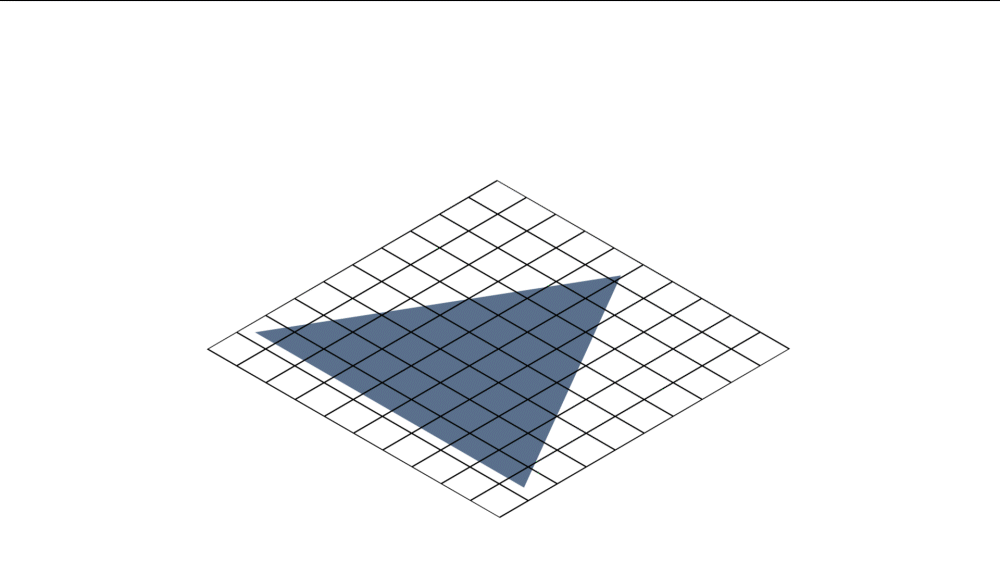 Figure 1: Standard mapping.
Figure 1: Standard mapping.
In the standard stage movement method, time is spent accelerating and decelerating the stage as it moves from point to point. The shorter the exposure time, the more significant this stage movement time is to the total acquisition time of the map. The standard mapping method is therefore best suited for samples with a weak Raman response that require long exposure times of >0.5 seconds where the total acquisition time of the map is governed by the exposure time rather than the stage movement.
When mapping samples with a strong Raman or photoluminescence response shorter exposure times of <0.5 seconds are routinely used. The standard method of stage movement will still produce high quality Raman maps, but the stage movement time will start to significantly increase the total map acquisition time. In this scenario a map which could theoretically take 15 minutes will take over one hour, due to the stage movement time.
Fast Mapping
The solution to this is Ramacle’s® Fast Mapping feature, where the stage continuously moves the sample during the map. With Fast Mapping, the additional stage movement time is removed, and total acquisition times can be significantly reduced. Fast Mapping is best suited for samples with a with a strong Raman or photoluminescence response when short exposure times can be used.
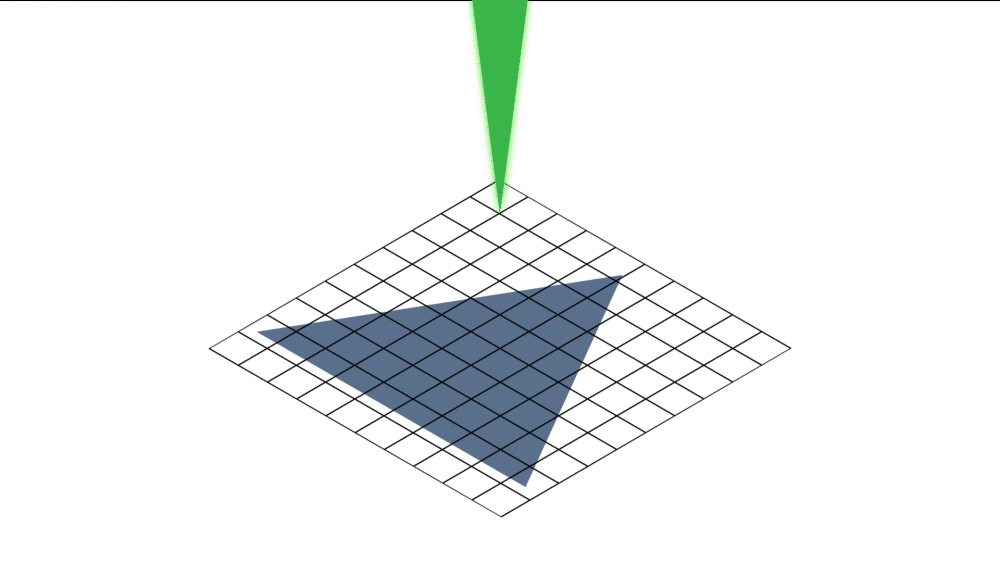 Figure 2: Fast Mapping.
Figure 2: Fast Mapping.
Raman Mapping Comparison
Using identical Raman conditions, a Raman map was taken of MoS2 with standard and Fast Mapping. The total map acquisition time using standard mapping was 16 minutes and this was reduced to 4 minutes using Fast Mapping.
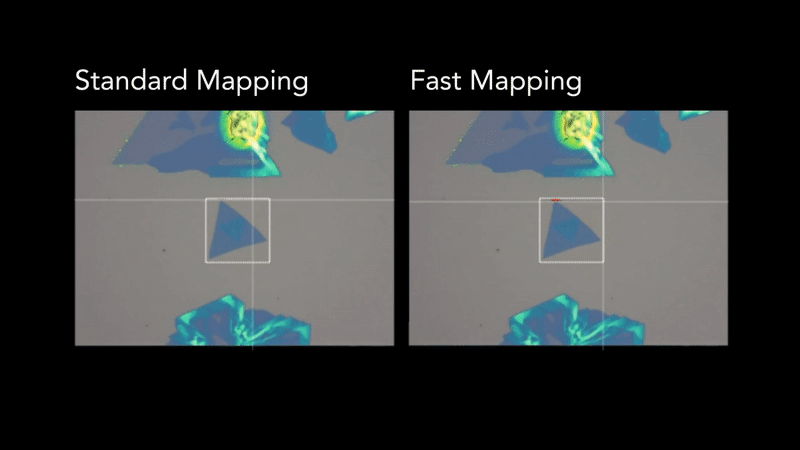
Figure 3: Comparison of identical map acquisition using standard mapping (left) and Fast Mapping (right).
Despite obtaining the map 4 times faster using Fast Mapping, there is no reduction in mapping quality, Figure 4. The MoS2 maps from both mapping methods are comparable, revealing the same sample information. Raman mapping is used on MoS2 samples to show areas of mono- and multi-layers by the intensity of its E2g and A1g bands. Areas of higher intensity represent multi-layer MoS2.
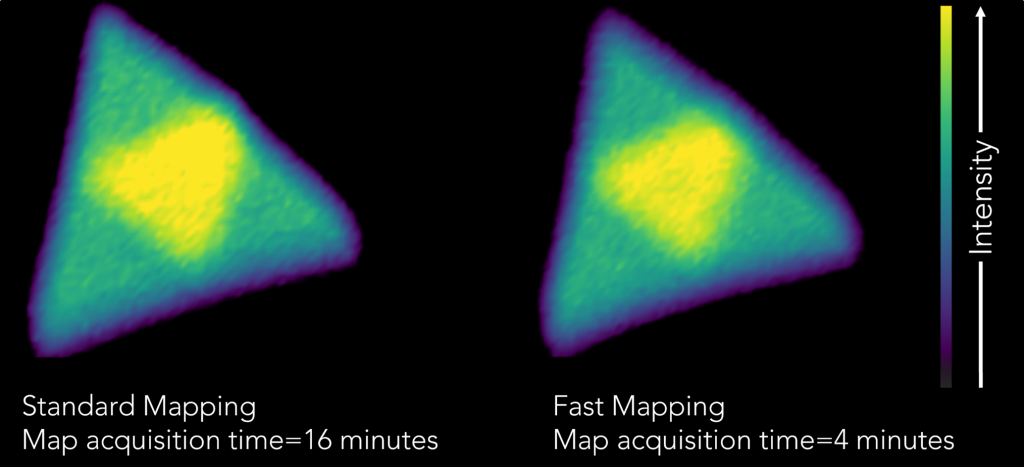
Figure 4: Raman intensity maps of MoS2 using standard (left) and Fast Mapping (right).
An additional advantage of Fast Mapping is that it utilises a fast communication protocol between the stage and the CCD camera enabling shorter exposure times to be set by the user. Since the MoS2 sample has a strong Raman response the exposure time can be lowered to 0.01s resulting in a reduction of total map acquisition time to 1.5 minutes. With shorter exposure times there is a reduction in Raman signal, but for strongly Raman active samples, like MoS2, these short exposure times still provide sufficient information to obtain highly detailed Raman maps, Figure 5.
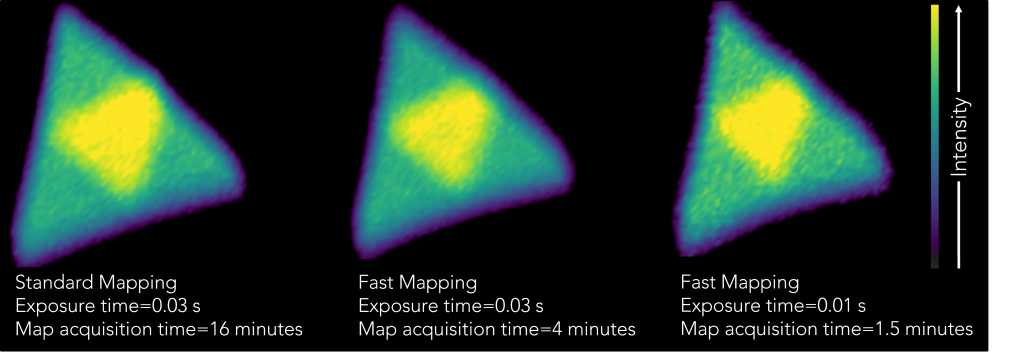
Figure 5: Raman intensity maps of MoS2 using standard (left), Fast Mapping (centre), and Fast Mapping with decreased exposure time (right).
Should I Use Standard or Fast Mapping?
Fast Mapping should be used for exposure times <0.5 seconds to reduce the total acquisition time of the map. Standard mapping is not optimum with exposure times <0.5 seconds as most of the mapping time is spent waiting on the stage to move rather than acquiring Raman spectra which is inefficient.
Standard mapping mode should be used for exposure times >0.5s. At this long an exposure time the stage must stop at each map point and the benefit of Fast Mapping is removed and may cause a reduction in Raman signal with no benefit to the total acquisition time.
Fast Mapping is available in Ramacle® for 2D and 3D Raman and Photoluminescence mapping using our RM5 and RMS1000 Confocal Raman Microscopes.
Keep in Touch
If you’ve enjoyed this software highlight, be sure to subscribe to our YouTube Channel and follow us on social media using the links below to get the latest updates.









